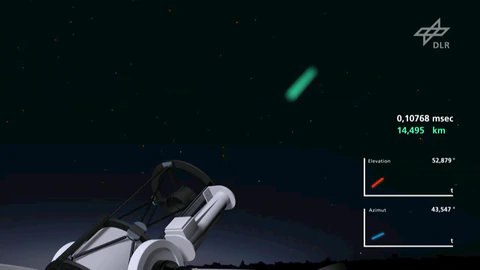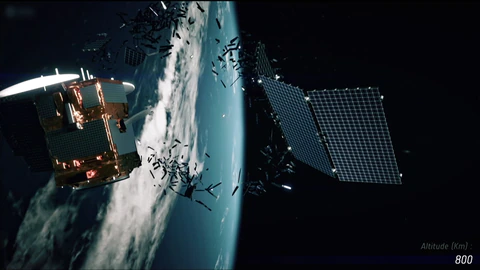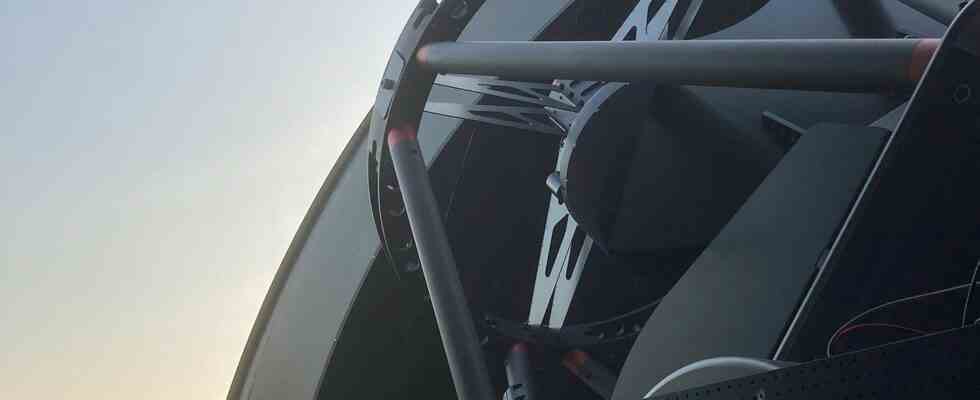It is estimated that more than a million objects move around the earth as space debris. In the fight against this “waste in space”, a new observatory is now being opened in Empfingen, in the middle of Baden-Württemberg and perfect for looking into space.
Download Audio (2.3MB | MP3)
Space bulkheads cannot be seen from the ground with the naked eye, yet it is estimated that over a million objects orbit our planet, from discarded satellites to the tiniest blast debris. They arise when, for example, a satellite can no longer avoid a piece of scrap metal and is destroyed as a result, resulting in even more and smaller debris – a dangerous chain reaction.
Therefore, the space debris should be monitored even better in the future – from the surface of the earth. In Empfingen, on the edge of the northern Black Forest, the new Kepler observatory will help to detect dangerous objects in space even better. Towering 15 meters into the sky, the observatory rotates on its own axis as it tracks objects in the sky.
The Johannes Kepler Observatory is designed to track down space debris.
press office
DLR
Space debris reflects laser light
The new one has 2.5 million euros Observatory of the German Aerospace Center cost, with which the scrap can be located even more precisely in the future. To do this, the new high-tech telescope must be able to track the parts moving at many thousands of kilometers per hour with centimeter precision. Therefore, the telescope can rotate completely around its own axis in 60 seconds and can send short laser signals into space.
Such a signal is reflected by the piece of debris in Earth orbit and arrives back on Earth only a few milliseconds later. In this way, it is possible to calculate exactly how far away the shot particle is and its trajectory can be determined much more precisely than before.

The trajectory of space debris can be better calculated from the reflections of short laser signals.
press office
DLR
Garbage collection planned for space
The importance of the new laser telescope system is great, because if such objects are recognized too late, it can become really dangerous. Even a piece of space junk a few centimeters in size has the force of a hand grenade on impact. A great danger – also for the International Space Station. On March 12, 2019, the crew had to go into the emergency capsule – a piece of scrap metal had been discovered too late and the risk of a collision was too great.
This is another reason why the objects around the world must be examined more closely. But observing is only one thing, in the future space will have to be tidied up – experts say. In the future, satellites at the end of their lifetime should use the last of their strength to fly towards Earth and then burn up in the atmosphere. In the future, satellites could use nets or gripper arms to collect particularly dangerous rubbish. From now on, the new Kepler observatory in Empfingen will provide better information so that you can avoid scrap metal in an emergency, with data from the heart of Baden-Württemberg.

Space debris can also endanger satellites or space stations.
press office
DLR

